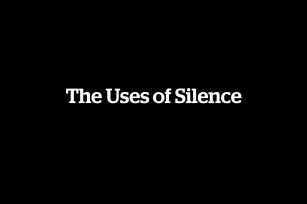
Breadcrumb
- Essential Partners
- Who We Work With
- Higher Education
- In the Classroom
- Reflective Practices
Reflective Practices
Silence is a tricky thing in classrooms. Silence might mean something has gone wrong, or that students don’t get a concept, or that they aren’t connecting with the instructor or one another.
Dialogue uses these silences with reflective practices. Reflection helps students think more deeply and allows them to reflect on their experiences.
Essential Partners teaches faculty how to make use of reflection at three key classroom moments:
- Before you ask students to speak: reflection helps students speak with more care, find the words they want to use, and think about how they want to interact in the conversation.
- Mid-conversation: reflection invites a class to pause and ask, How are we doing? What else should we be doing? In a conversation that gets heated, pausing for reflection can uncover underlying sources of contention.
- At the end of a conversation or a dialogue: reflection makes sense of student responses and synthesizes what has been heard. It's also a perfect opportunity to connect to content.
Classrooms provide a space to explore and debate ideas. Dialogue expands that space to allow for reflective practices, inviting students to delve deeper, clarify their thoughts, and get beyond stuck patterns.
Want to use dialogue in your classroom? Bring Essential Partners to your campus or register for an EP Dialogic Classroom training.


